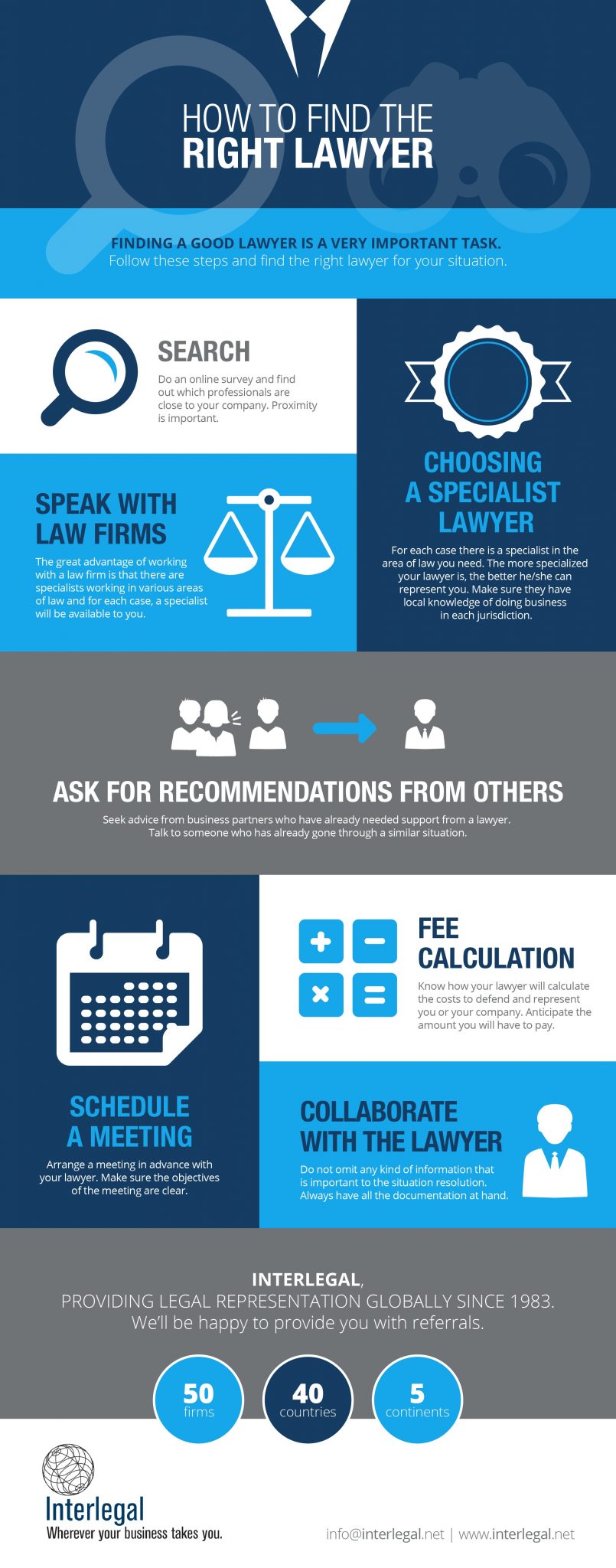What To Anticipate: The Chronology Of A Normal Divorce Instance
What To Anticipate: The Chronology Of A Normal Divorce Instance
Blog Article
Web Content Created By-Prater Cruz
As you start the journey of browsing a divorce case, you might find yourself wondering about the timeline that lies ahead. From the initial phases of submitting papers to the intricacies of negotiation and the capacity for a test, each action holds its own set of challenges and unpredictabilities. Recognizing the sequence of occasions can assist you prepare for what's ahead and anticipate the weaves that might develop along the way.
First Declaring and Service of Records
When starting the separation procedure, the primary step is the first filing of the essential papers with the court. This step officially starts the lawful treatment and sets the divorce situation moving. You must submit kinds that detail the premises for divorce, properties, obligations, income, expenses, and any other appropriate information required by the court.
After submitting these files, copies need to be served to your spouse, informing them of the separation procedures. This solution can be done via a process server, constable's office, or qualified mail, ensuring that your spouse is officially informed of the divorce instance versus them.
When the papers are submitted and served, the court will certainly offer a case number and assign a court to oversee the case. It's essential to accurately finish and submit these records, as any type of mistakes or noninclusions can postpone the separation procedure.
This preliminary action lays the foundation for the lawful dissolution of your marriage, marking the beginning of a potentially difficult but needed process.
Exploration and Settlement Phase
Throughout the Discovery and Arrangement Phase of a divorce instance, both celebrations take part in collecting info and exchanging relevant files to much better comprehend each other's economic conditions and other relevant information. This stage is essential as it establishes the structure for settlements and possible negotiation contracts. Through approaches such as interrogatories, ask for manufacturing of documents, and depositions, each event intends to reveal facts, assets, debts, and other essential information that may impact the situation's outcome.
Negotiations during this stage often include discussions on numerous issues like residential property division, child guardianship, visitation routines, and financial support. Both celebrations might deal with their lawyers to explore negotiation choices, potentially preventing the need for a trial.
https://mike67gavin.wordpress.com/2025/02/13/are-you-looking-for-a-divorce-legal-representative-acquainting-on-your-own-with-the-typical-mistakes-to-stay-clear-of-in-your-choice-can-significantly-enhance-the-lawful-experience-and-contribute-to/ or joint legislation procedures might likewise be utilized to promote productive conversations and reach equally acceptable arrangements. It's important to approach this phase with transparency, sincerity, and a readiness to compromise to attain a smoother resolution and reduce the emotional and financial toll of an extensive court fight.
Trial and Final Resolution
Progressing from the Exploration and Arrangement Phase, the Trial and Last Resolution phase notes the conclusion of your separation situation. This stage is where unsettled concerns are brought before a judge to make decisions on matters like asset department, child guardianship, and assistance. The trial generally involves presenting evidence, witness testimonies, and lawful debates to sustain your situation.
During the trial, both parties will have the opportunity to provide their placements and counterarguments. It's critical to be prepared, as the judge's decision will significantly influence the final outcome of your divorce.
Following the test, the court will provide a last judgment that details the regards to the separation, including any monetary negotiations and custodianship arrangements.
Once the judgment is provided, the divorce is settled, and both parties are lawfully bound by its terms. While the trial stage can be difficult and psychological, it's a required step towards getting to a last resolution and moving on with your life post-divorce.
Conclusion
Finally, navigating a divorce case entails a series of steps from filing initial papers to getting to a final resolution. Comprehending the timeline of events can help you prepare for what to expect throughout the process. By being proactive, seeking lawful assistance, and remaining educated, you can browse the complexities of divorce process with confidence and clearness.
